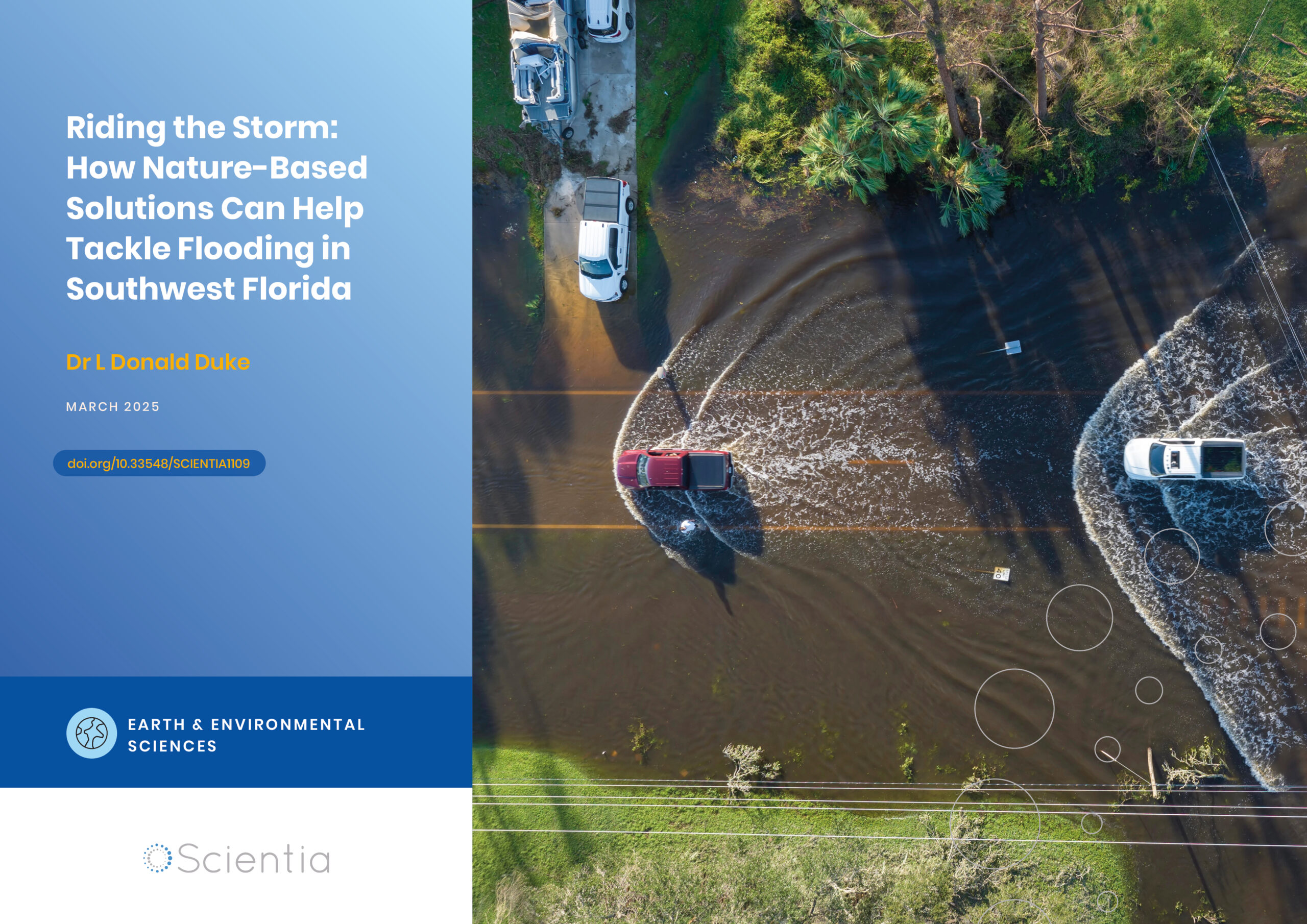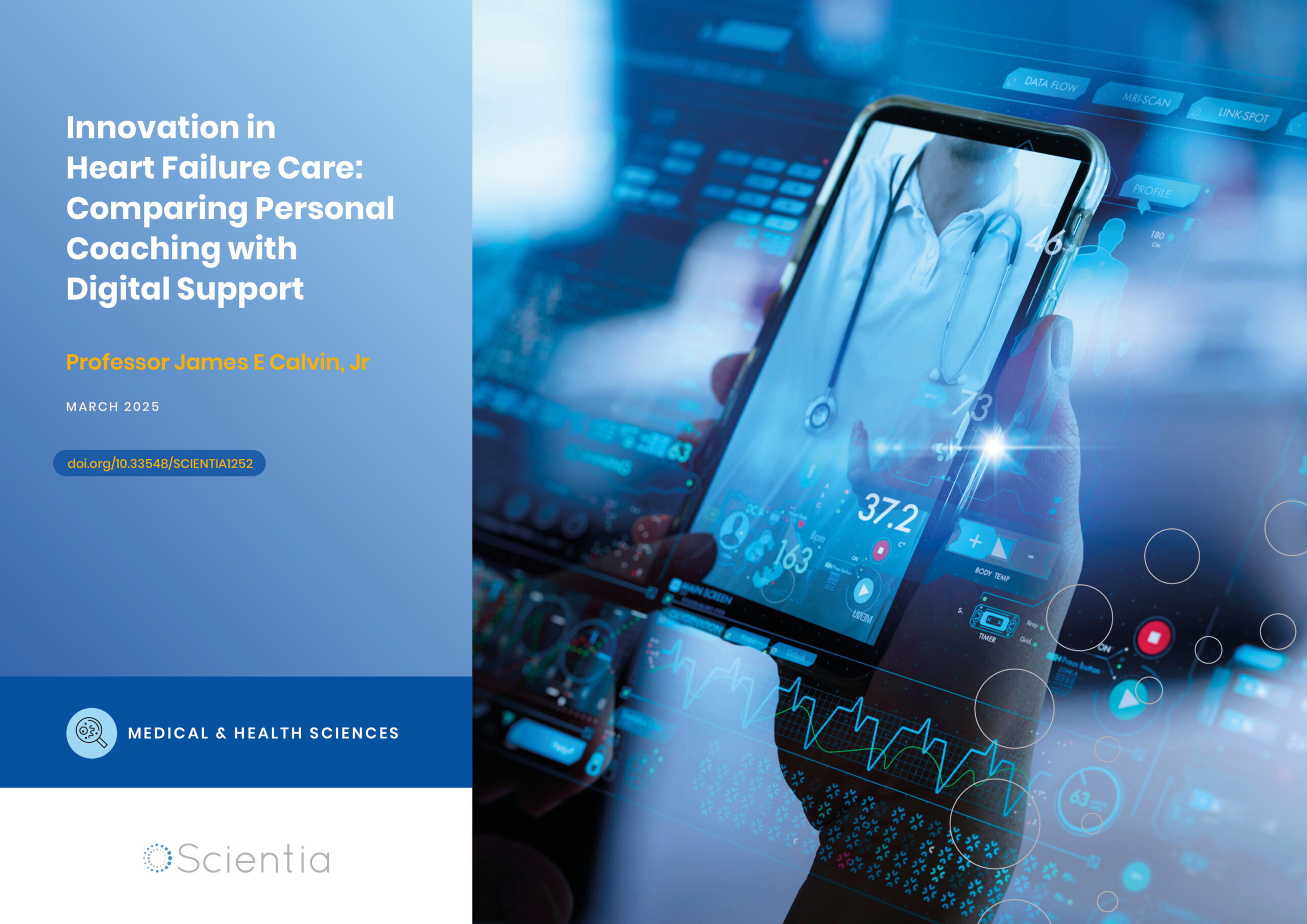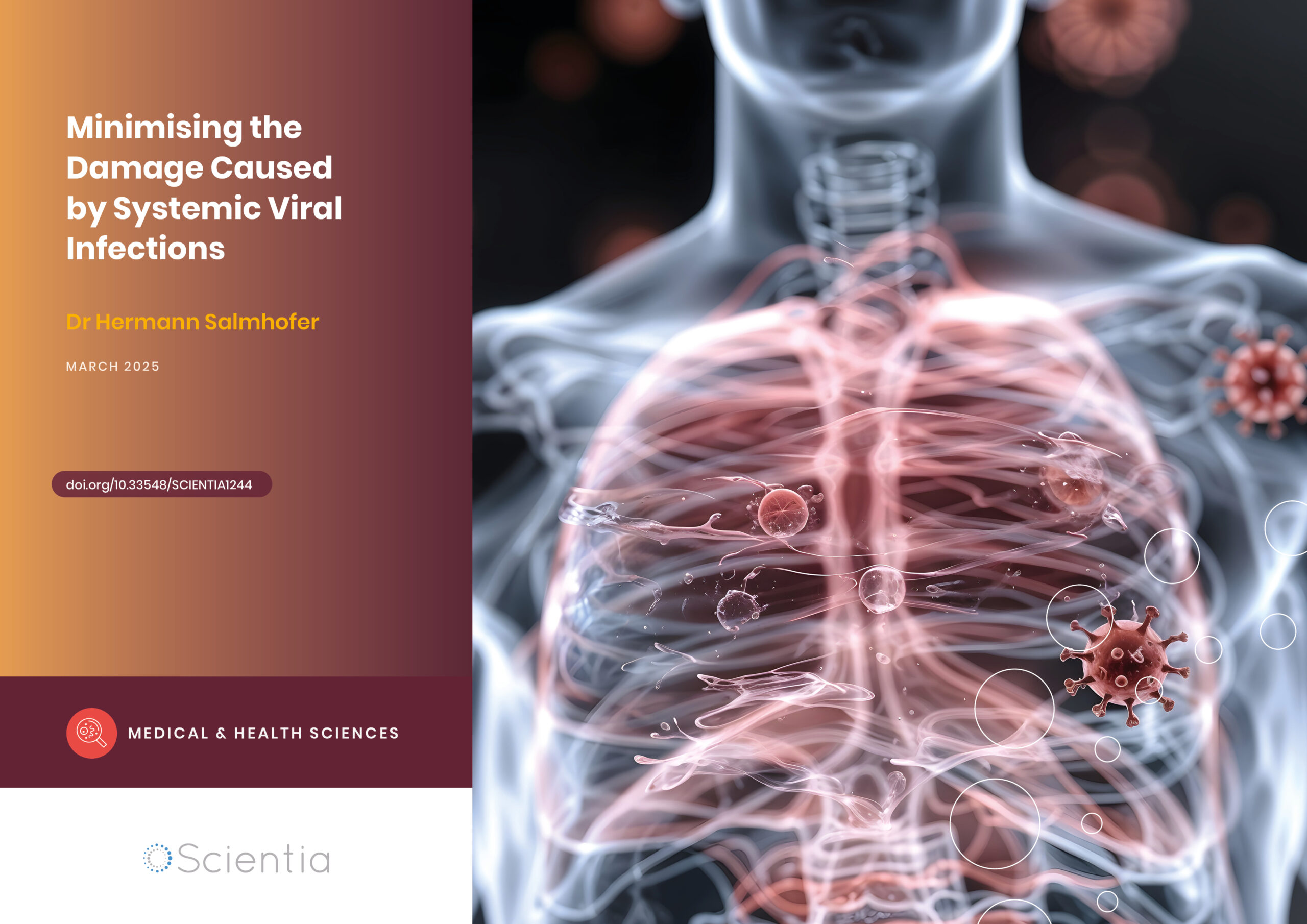The European Chemical Society’s Division of Chemical Education
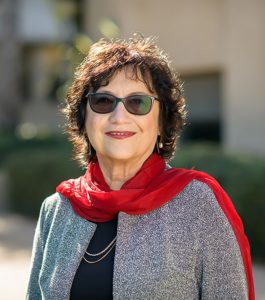 Representing more than 160,000 chemistry professionals, the European Chemical Society (EuChemS) is an umbrella organisation representing chemistry societies and organisations across Europe. One of the professional networks within EuChemS is the Division of Chemical Education, which aims to advance chemistry learning in Europe and beyond. In this exclusive interview, we speak with chairperson Dr Rachel Mamlok-Naaman, who discusses the Division’s work, exciting new approaches teaching chemical science, and her own fascinating research.
Representing more than 160,000 chemistry professionals, the European Chemical Society (EuChemS) is an umbrella organisation representing chemistry societies and organisations across Europe. One of the professional networks within EuChemS is the Division of Chemical Education, which aims to advance chemistry learning in Europe and beyond. In this exclusive interview, we speak with chairperson Dr Rachel Mamlok-Naaman, who discusses the Division’s work, exciting new approaches teaching chemical science, and her own fascinating research.
To begin, please tell us a bit about the European Chemical Society’s Division of Chemical Education. What are the Division’s goals?
The main goals of the Division of Chemical Education are to find new activities in order to promote chemical education research and practice in Europe, and to disseminate chemistry education information.
We achieve this through conferences, national reports, working groups, publications, bi-annual meetings, and cooperation with professional networks, such as the Committee on Chemistry Education of the International Union of Pure and Applied Chemistry (CCE IUPAC).
In your opinion, what are the main challenges experienced by chemistry educators?
Chemistry education faces many challenges. Firstly, chemical studies are not easy for some students, and many students are not aware about the variety of career opportunities for chemistry graduates. Secondly, many people claim that chemistry is responsible for certain disasters in the world, such as those associated with chemical weapons. Finally, there is a belief that by studying subjects such as finance, economics and computer sciences, students will have better career opportunities, and their salaries will be higher. Therefore, there is quite a lot to be done in the pursuit of addressing these beliefs.
Describe some exciting approaches teaching chemistry, which are advocated by the Division of Chemical Education.
One of the approaches advocated by the Division of Chemical Education is the use of the historical approach to chemistry teaching and learning. The use of the historical approach may help students to achieve a better understanding of the essence of scientific phenomena, scientific methodology, and overall scientific thinking. Students who study according to this approach become familiar with the fact that explanations of different phenomena have changed over decades due to new data, new technological developments, and changes in the scientific community’s perceptions. Students draw timelines and denote scientific developments together with technological, cultural and societal developments. They learn that science is an ever-developing entity, and that it is associated with societal, economic and technological happenings.
Another approach is education for sustainable development. For example, some of our members in Israel developed and researched learning materials for high-school chemistry studies by incorporating inquiry-type socio-scientific issues from the chemistry industry and from green chemistry. Their goal is to educate students about sustainable development and environmental issues using inquiry-based learning, for example, asking questions, postulating, drawing conclusions, and using argumentation. These learning materials were developed both for students and for teachers, integrating chemistry with environmental, health, economic and societal aspects. As a former high-school chemistry teacher, I always try to incorporate relevance, context-based, and inquiry-type socio-economic issues in my teaching.
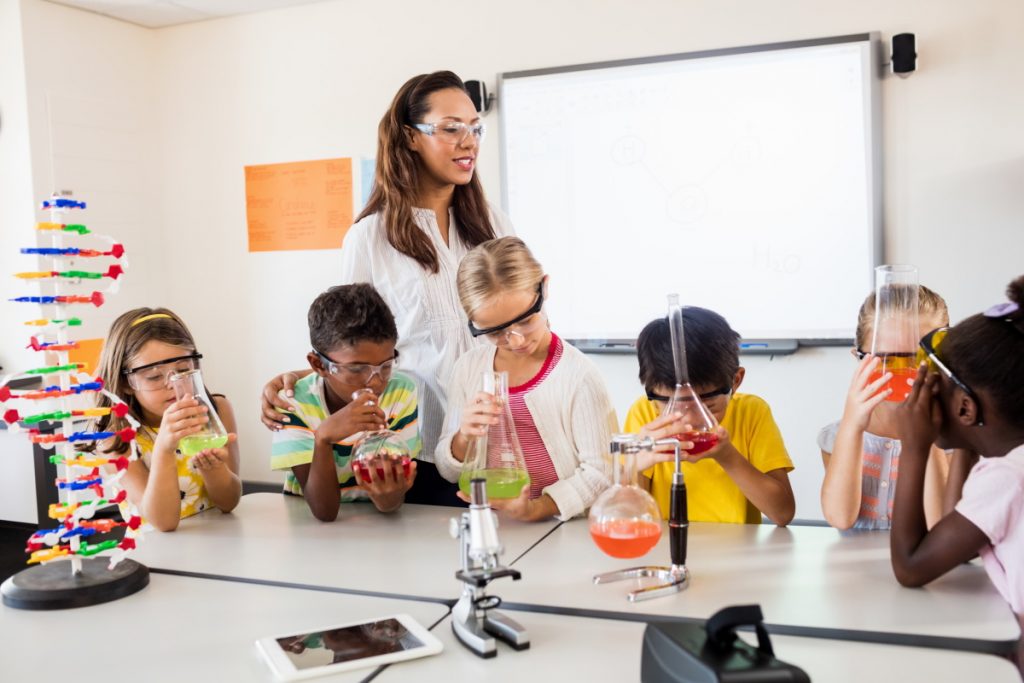
A teacher having science lesson in classroom
Explain why inclusive education that fosters diversity is so important in STEM disciplines such as chemistry.
Approaches for inclusive science teaching currently tend to focus on only one dimension of diversity at a time. This neglects the fact that diversity is multidimensional in nature and the consideration of only one dimension of diversity can yield inclusive practices of only limited scope.
The goal of inclusive education that fosters diversity is, therefore, to promote inclusive teaching practices for dealing with several dimensions of diversity simultaneously. Science learning should be part of the education of those who will eventually be ‘future citizens’. We should consider personal needs, societal issues, career awareness and academic preparation.
This approach may be enacted through integrating STEM in teaching and learning, since the goal of the STEM curricula is to enable the learner to build greater knowledge through disciplinary connections and practices. It has the potential to give learners a broader range of access to learning, a more complex understanding of authentic and relevant phenomena, and perhaps enhance learning outcomes given the same amount of time as studying each individual subject. Thus, it will help in shaping the character of science-literate citizens, who will be able to make important decisions about current problems and issues of a scientific origin, and personally act as a result of these decisions. As a consequence, citizens who understand how science, technology and society mutually interact will be able to use their knowledge in handling the problems and issues that they confront. By learning through this approach, all students are taught about natural phenomena in a way that links science with the technological and social world of the student.
What does your own research focus on?
My work focuses on topics related mainly to research on students’ learning and to teachers’ continuous professional development. My research can be described as a ‘spiral’ procedure, referring to the diversity facets of chemistry education, which are integrated into each other. The findings on student learning and motivation guide me in designing and revising curriculum materials and professional development programs for chemistry teachers, since they are the key to any success of their students, implementation of new curricular materials, or reforms in education.
More specifically, the professional development programs and models that I have developed, implemented and researched over the last 20 years are based on research into students’ conceptions and misconceptions regarding chemistry learning, inquiry-based skills and activities, including relevance in chemistry education, or teaching and learning in different cultures. These programs involve topics that are relevant to chemistry education, such as education for sustainable development (for which I was selected as a 2018 Awardee for the ACS-CEI Award for Incorporation of Sustainability into the Chemistry Curriculum), the history of chemistry, systems thinking in chemistry education, and inclusion and diversity in chemistry education.
All the programs, workshops, and courses are followed by research. My research design is based on mixed methods, including both quantitative and qualitative tools, questionnaires disseminated among teachers and their students, interviews with teachers and students, observations and video-taping of lessons, and written minutes. The use of a variety of tools enables an adequate triangulation of data analysis.
The conclusions and discussions lead to recommendations for further actions. For example, my studies referring to three cycles of chemistry teachers’ action research workshops (10 teachers in each cycle), revealed that models of professional development in which teachers bring evidence to their work, or research their own work, are highly efficient in enabling teachers to gain a sense of ownership of their teaching, and in increasing their self-efficacy.
In recognition of my work, I was elected by IUPAC as one of the 2020 twelve distinguished women in chemistry.
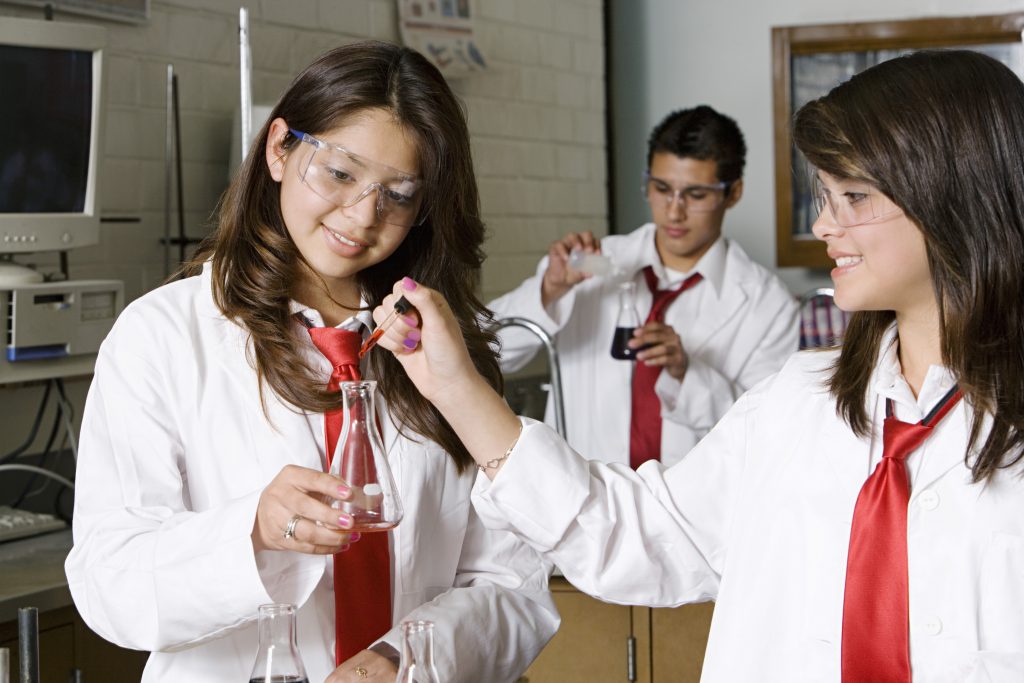
The Division recently hosted the 9th European Variety Conference in Chemistry Education. Tell us a bit about this event.
The Division hosts two bi-annual conferences: The European Conference on Research in Chemistry Education (ECRICE), and European Variety Conference in Chemistry Education (EUROVARIETY). ECRICE is the forum for researchers and teachers to exchange experiences on research in chemical education carried out at every education level – from primary school up to graduate studies. The EUROVARIETY conference is devoted to practical aspects of chemistry education at university level. It provides a forum for sharing of good practice and innovation related to teaching and learning chemistry at university degree level. This year it was an online conference, organised by the Faculty of Education at the University of Ljubljana, Slovenia.
The conference enabled chemistry lecturers and educational professionals to share and showcase best practice in the field, and network across the community. We encouraged participants from all levels, from those working in the field of chemistry education research, to practicing educators and doctoral students involved in teaching and research, to join us and present their own impressions and conclusions gained during their teaching experiences.
Finally, as we begin to emerge from the COVID-19 pandemic, what are you most excited about for the future of chemistry education?
In January 2021, I initiated an online meeting with the Division delegates. We discussed the situation of teaching and learning in the light of the COVID-19 pandemic. The discussion enabled an exchange of ideas, and even highlighted positive aspects regarding online communication. I felt that looking at the benefits of the technological advancements during these challenging days was beneficial to everybody. Moreover, it helped us all in conveying the conclusions to the chemistry teachers in their countries, encouraging them, and highlighting some positive aspects of this period.
We all stressed the point that we hope that these aspects will be sustained, and the educational system will benefit from the fact that teachers have developed a more advanced technological literacy (albeit due to problematic times).
The discussions lead to several points. For example, we discussed the possibility of customised learning through the division into breakout rooms. It is possible to give a task to the class and in the plenum to teach a lesson to the students who have missed it or are having difficulties. Due to the fact that the teacher moves between different rooms, students can try to solve problems themselves while waiting for the teacher. In a face-to-face class there is a greater temptation to ask the teacher for the answer. Another benefit for example is for students who are diagnosed with ADHD. During the lesson, students with ADHD who have difficulty working in the hustle and bustle of the classroom can enter a breakout room alone, and work quietly on their assignment.
We also discussed how our acquaintance with a diversity of technological tools and online communication strategies encourages international discussions and collaborations between schools, teachers and students. Finally, the development of online school chemistry experiments may be a solution for schools that do not have proper laboratories.
Additional benefits include greater inclusion at international conferences and meetings. More scientists can attend online conferences, without worrying about financial means or family responsibilities, and the talks can be broadcasted to a larger population all over the world.

Reference
https://doi.org/10.33548/SCIENTIA716
Want to republish our articles?
We encourage all formats of sharing and republishing of our articles. Whether you want to host on your website, publication or blog, we welcome this. Find out more
Creative Commons Licence
(CC BY 4.0)
This work is licensed under a Creative Commons Attribution 4.0 International License. 
What does this mean?
Share: You can copy and redistribute the material in any medium or format
Adapt: You can change, and build upon the material for any purpose, even commercially.
Credit: You must give appropriate credit, provide a link to the license, and indicate if changes were made.
More articles you may like
Dr L Donald Duke | Riding the Storm: How Nature-Based Solutions Can Help Tackle Flooding in Southwest Florida
Florida grapples with mounting challenges related to inland flooding due to heavy precipitation, along with coastal flooding from rising sea levels and coastal storms. One important approach to address precipitation-originating flooding is to embrace land use practices runoff management in the upstream portions of at-risk watersheds, where sustainable design can relieve the pressures on drainage systems from continuing dense urban development in the low-lying Florida landscape. Dr L Donald Duke, from The Water School at Florida Gulf Coast University, plays a pivotal role in this endeavour. His work encompasses creating and evaluating flood-resilient land use practices and planning to manage stormwater runoff on the watershed scale.
Professor James Calvin | Innovation in Heart Failure Care: Comparing Personal Coaching with Digital Support
Heart failure remains one of the most challenging conditions facing healthcare systems today, with hundreds of thousands of new cases diagnosed annually. Professor James Calvin from Western University’s Schulich School of Medicine and Dentistry has led groundbreaking research comparing two innovative approaches to supporting patients: personal health coaches and smartphone reminders. His team’s findings suggest that combining human support with digital technology could transform how we help patients manage this complex condition.
Dr Hermann Salmhofer | Minimising the Damage Caused by Systemic Viral Infections
The mechanisms via which viral diseases infect and progress within the human body have become the subject of intense scrutiny since the emergence of the serious respiratory condition COVID-19, although many other viruses remain woefully under-researched. Recently, Dr Hermann Salmhofer and colleagues at the Paracelsus Medical University in Salzburg, Austria, have described the successful treatment of a harmful systemic virus affecting the kidneys, and suggest a possible new treatment target to mitigate the progression of the disease and prevent the development of permanent organ damage. Their findings, combined with broader research on viral infections, highlight the critical importance of both preventive measures and targeted treatments in managing viral diseases.
Revealing the Intricate Links Between Metabolism and Reproduction
The brain plays a vital role in controlling reproductive functions. It helps to maintain a delicate balance of hormones, all of which can be affected by the metabolism. Investigating the impact of the metabolism on reproductive development and function is critical to a better understanding of health and diseases. Professor Carol Fuzeti Elias and Dr Cristina Sáenz de Miera Patín from the University of Michigan in the USA, carry out groundbreaking research in neuroscience, exploring the molecular and neural mechanisms at play.

